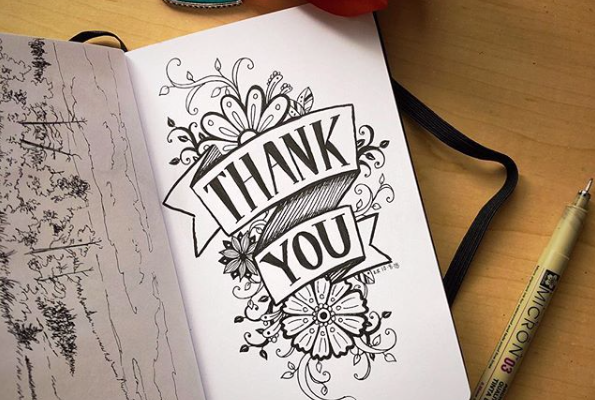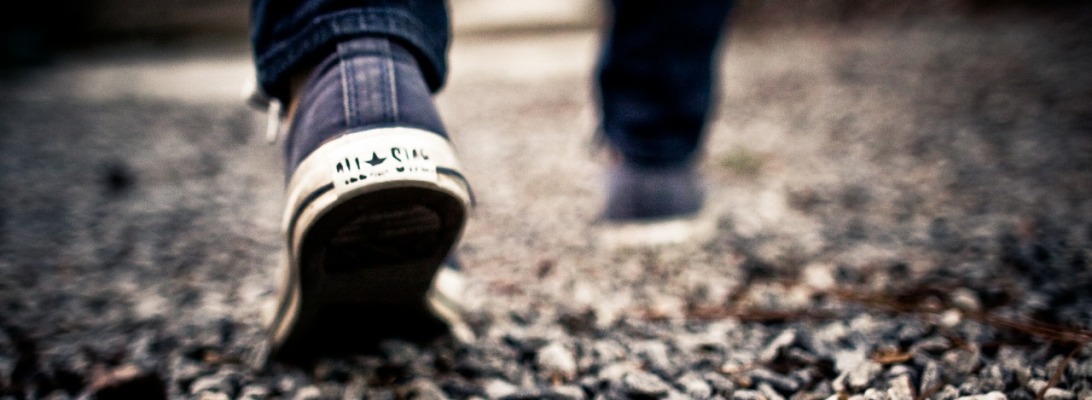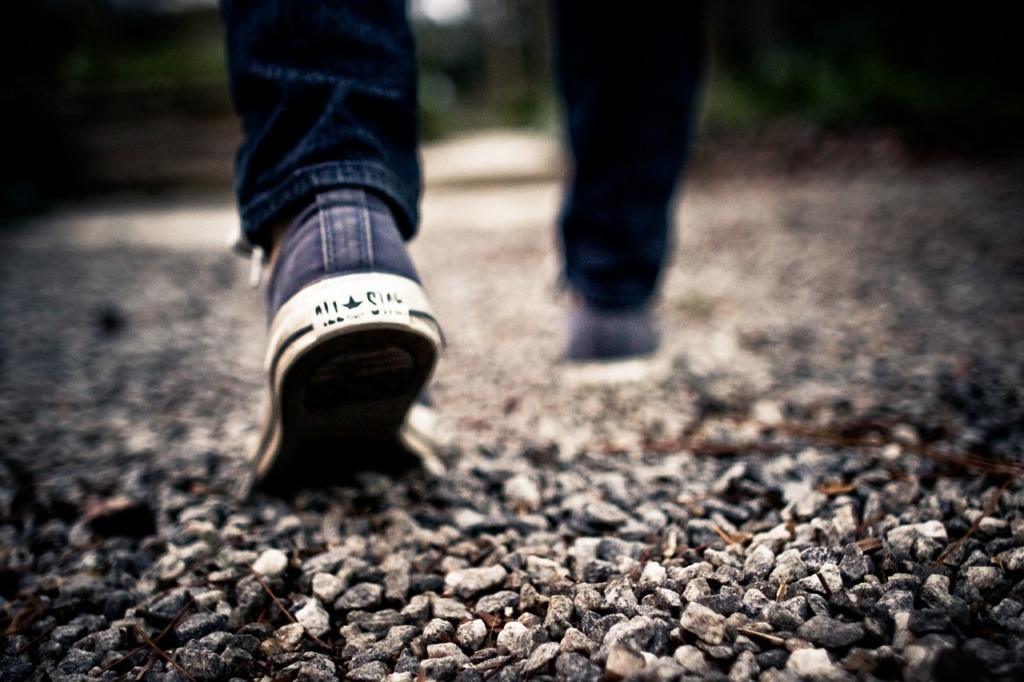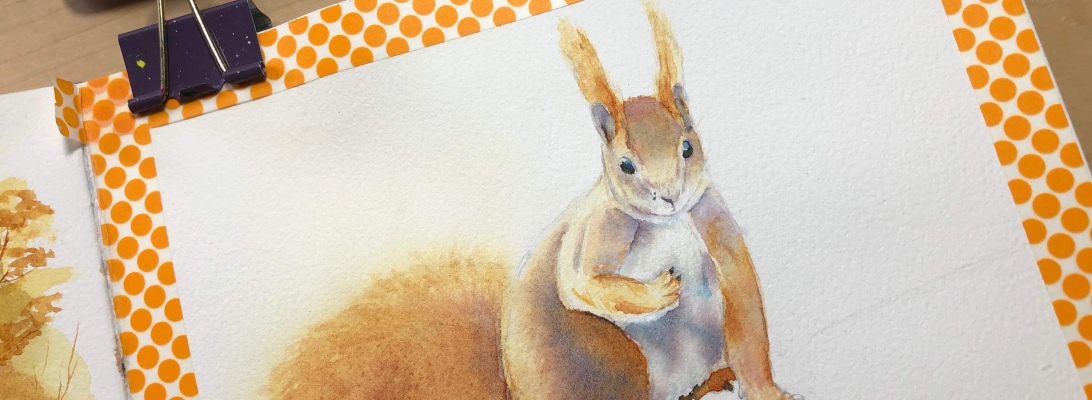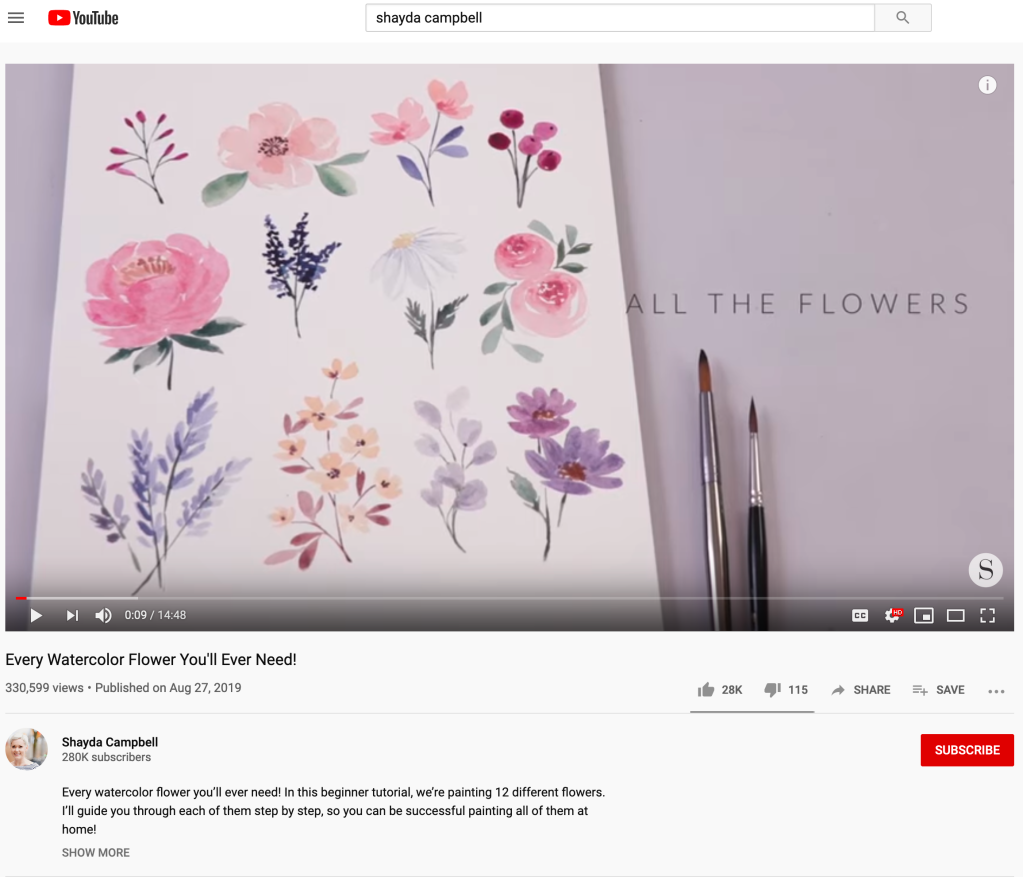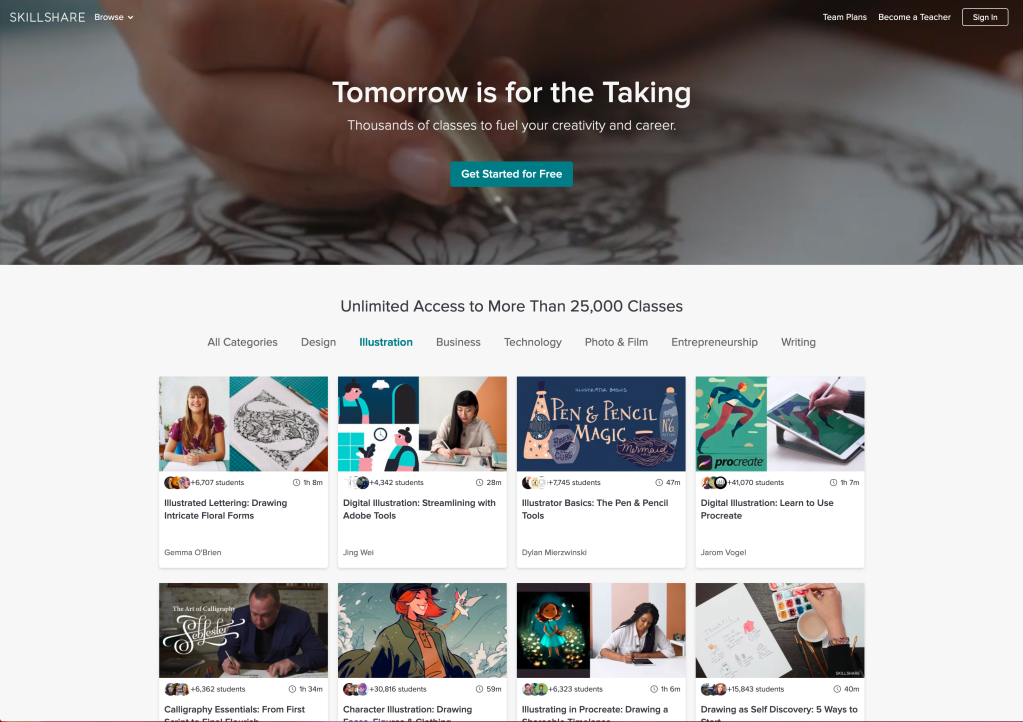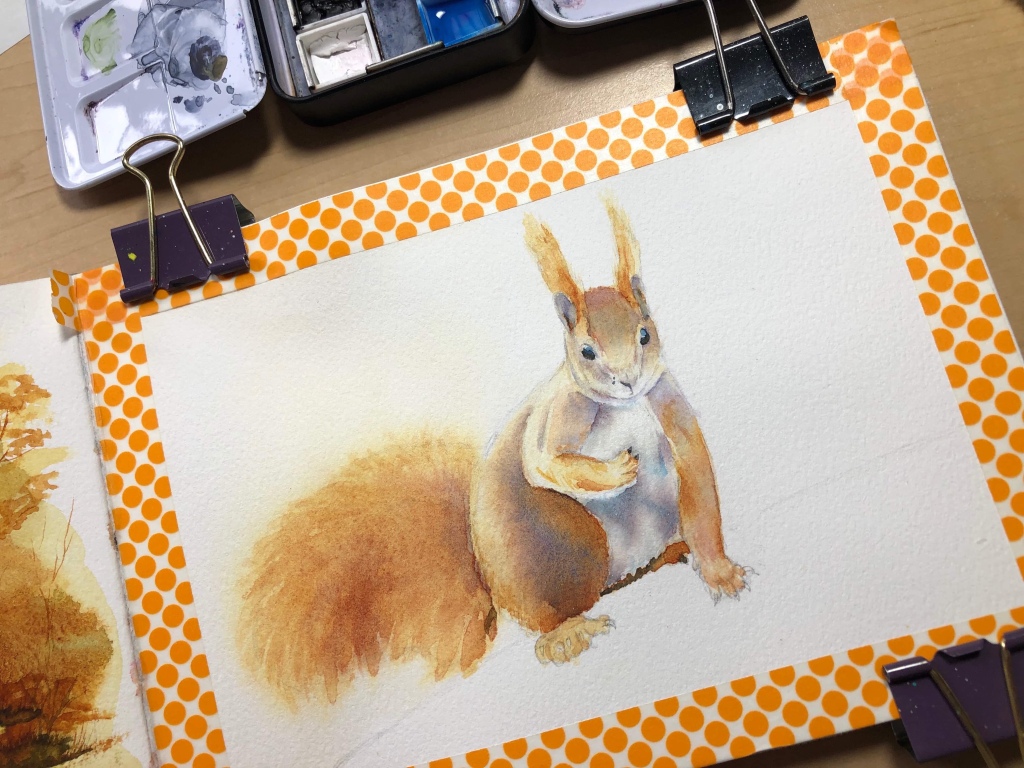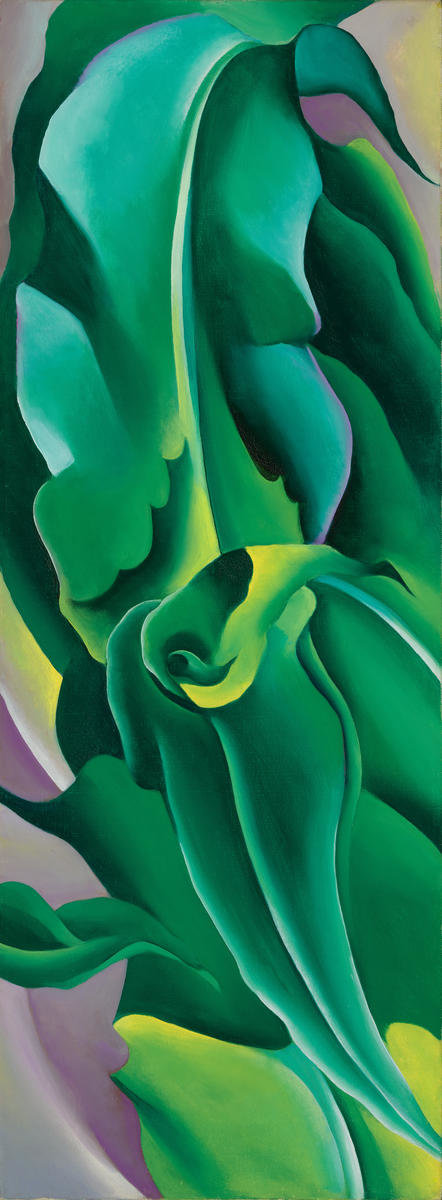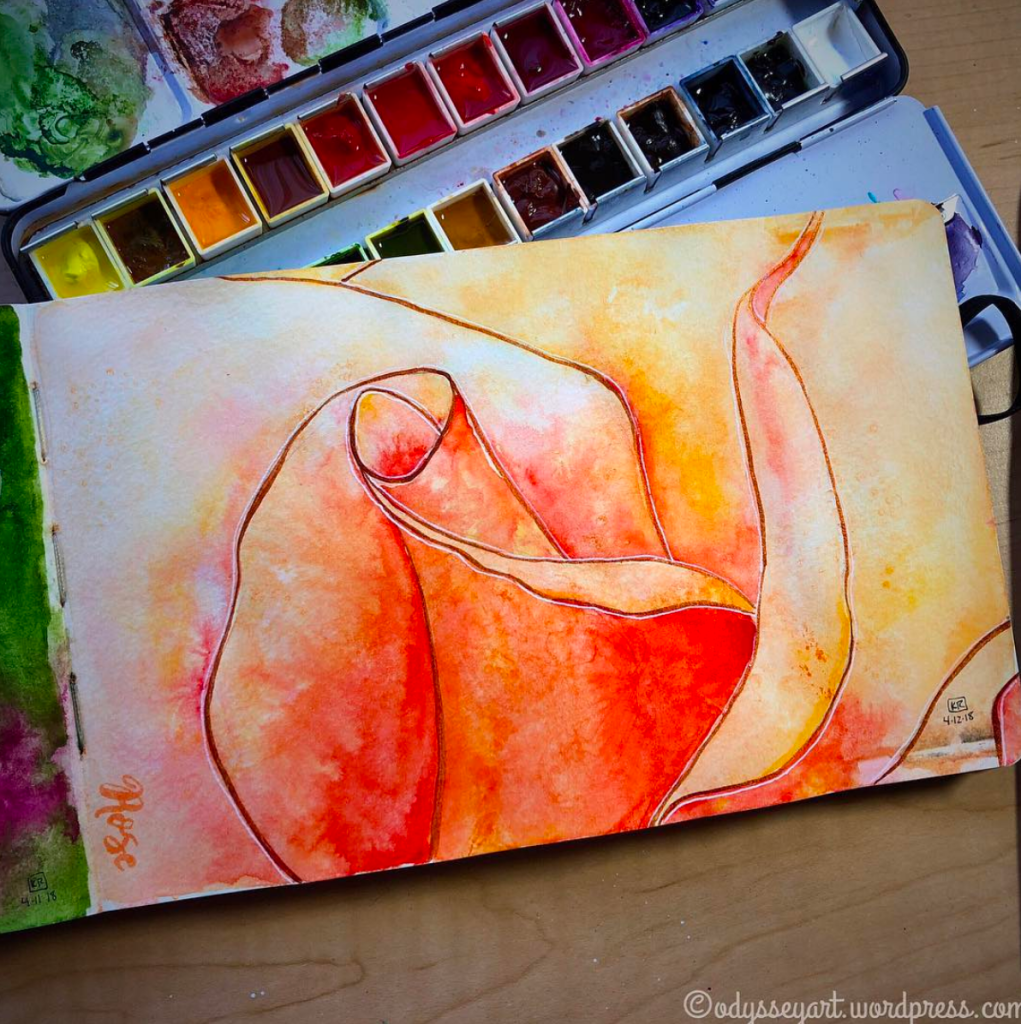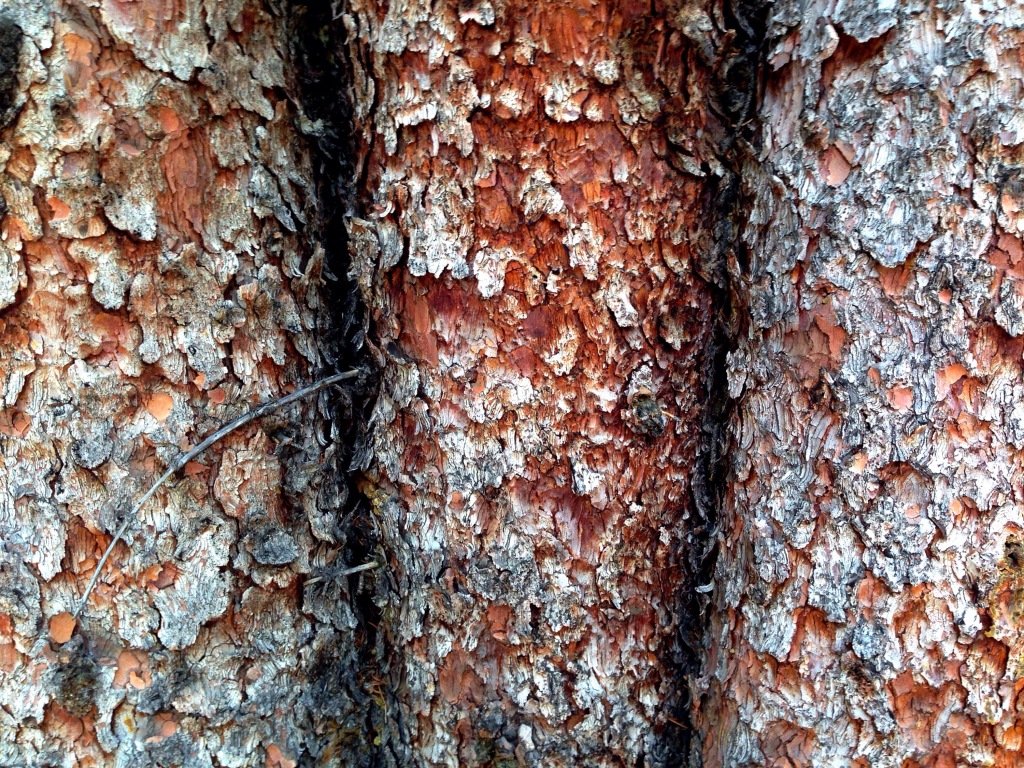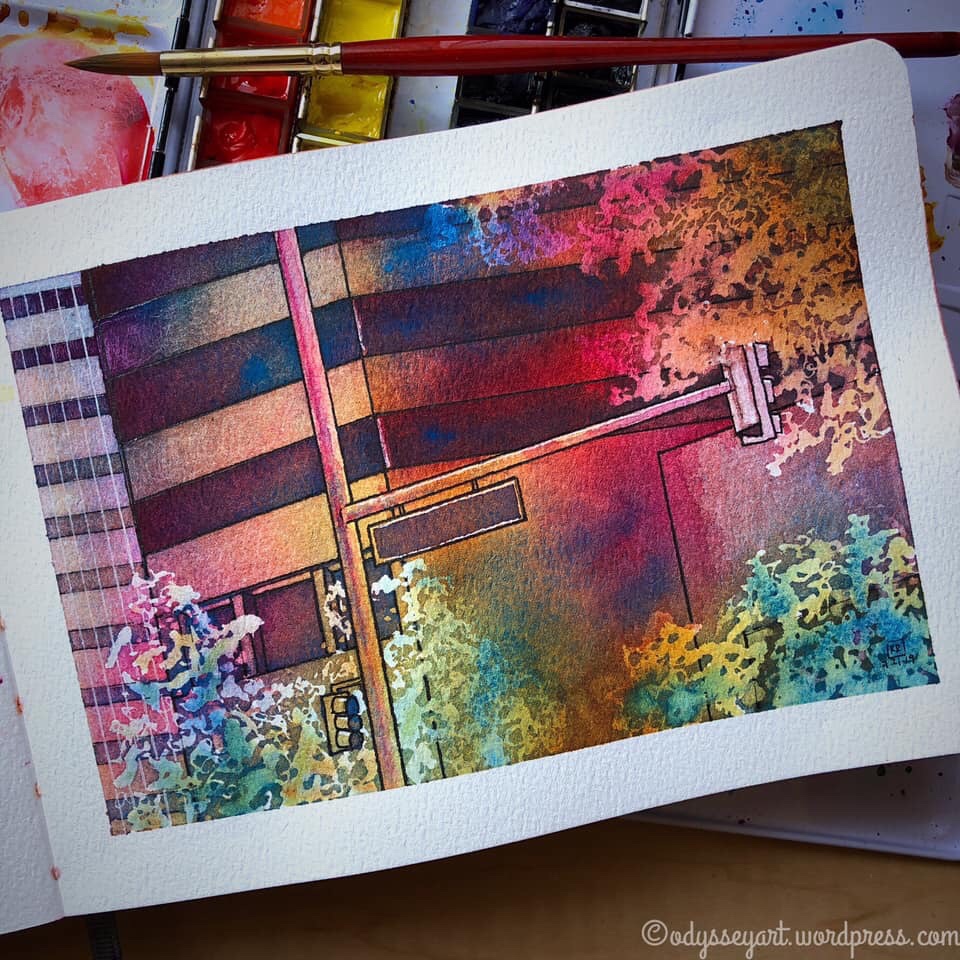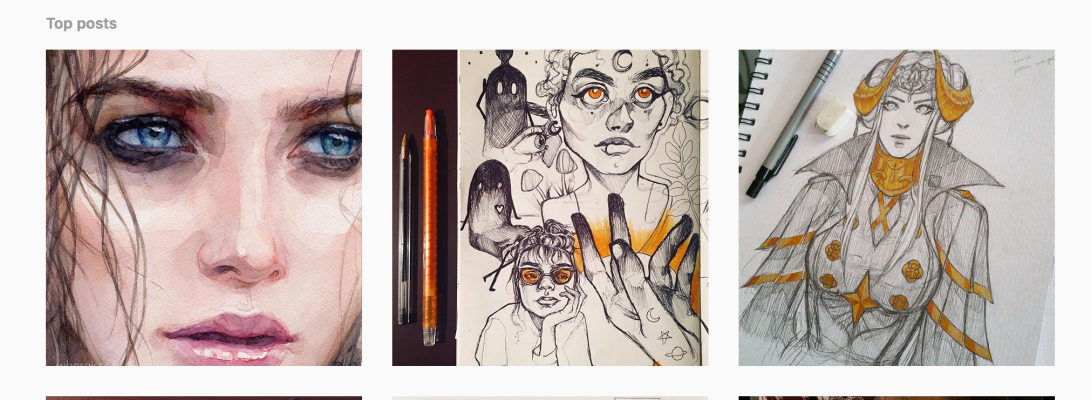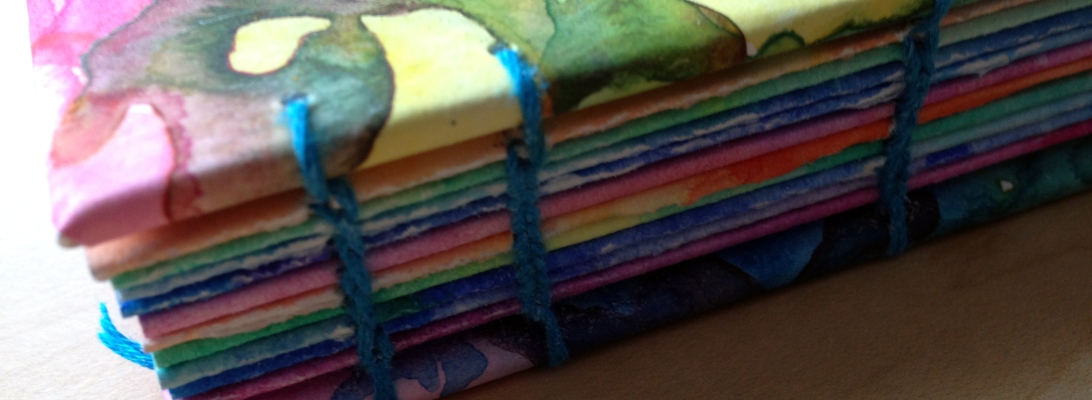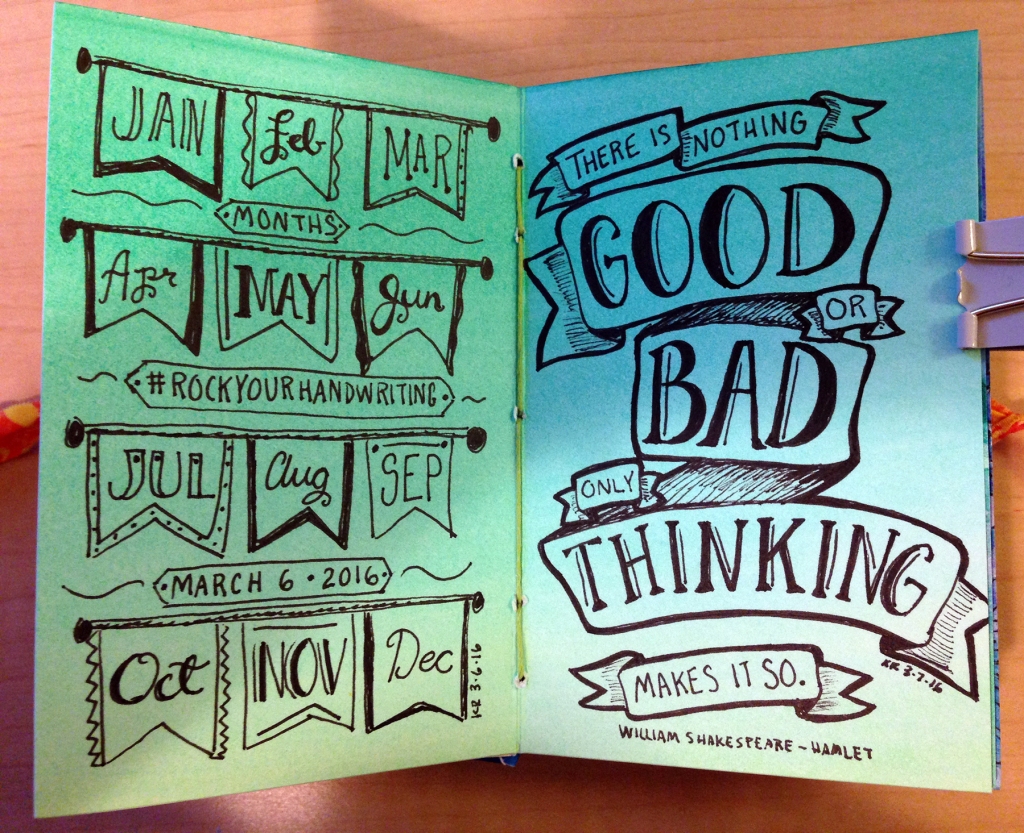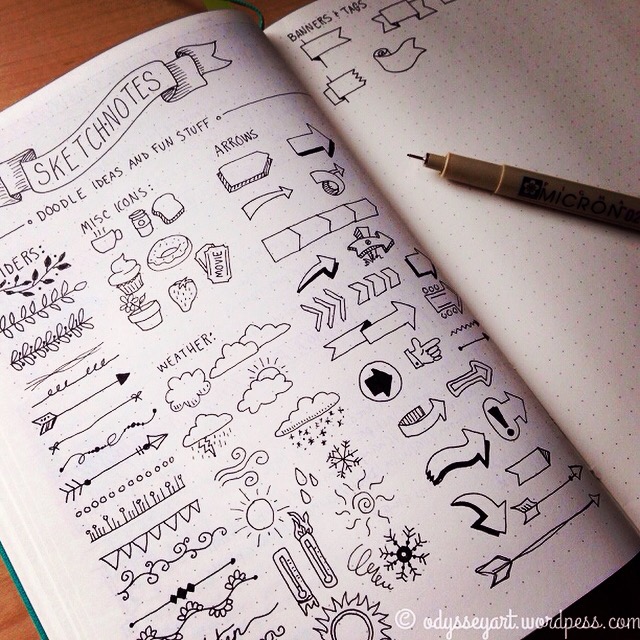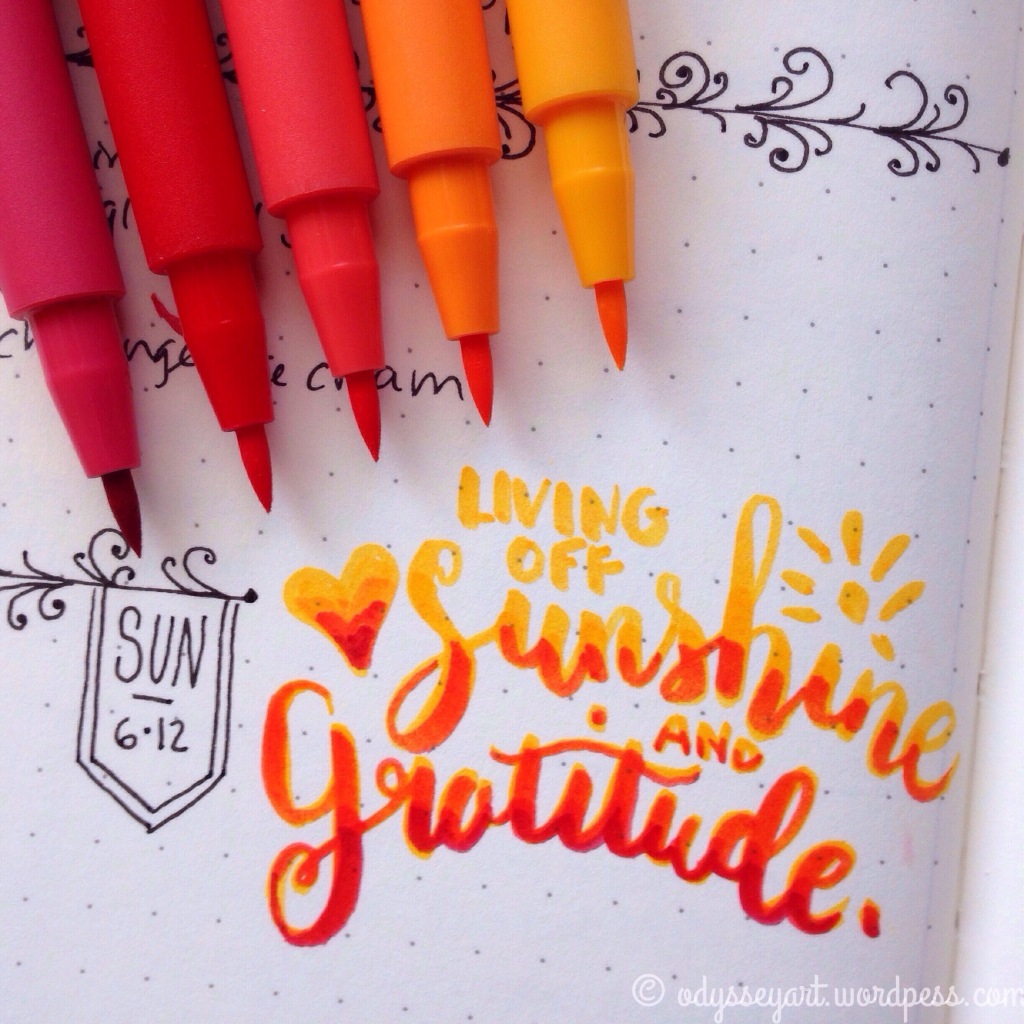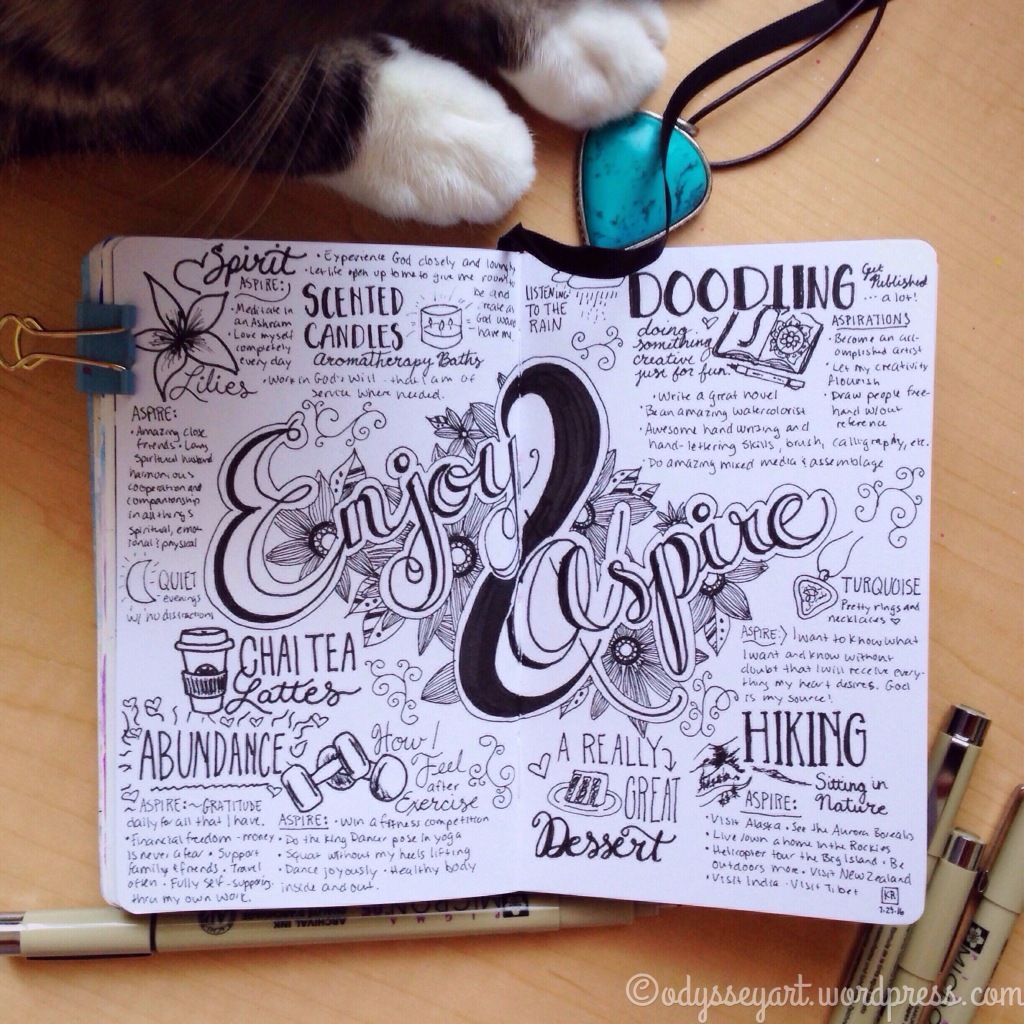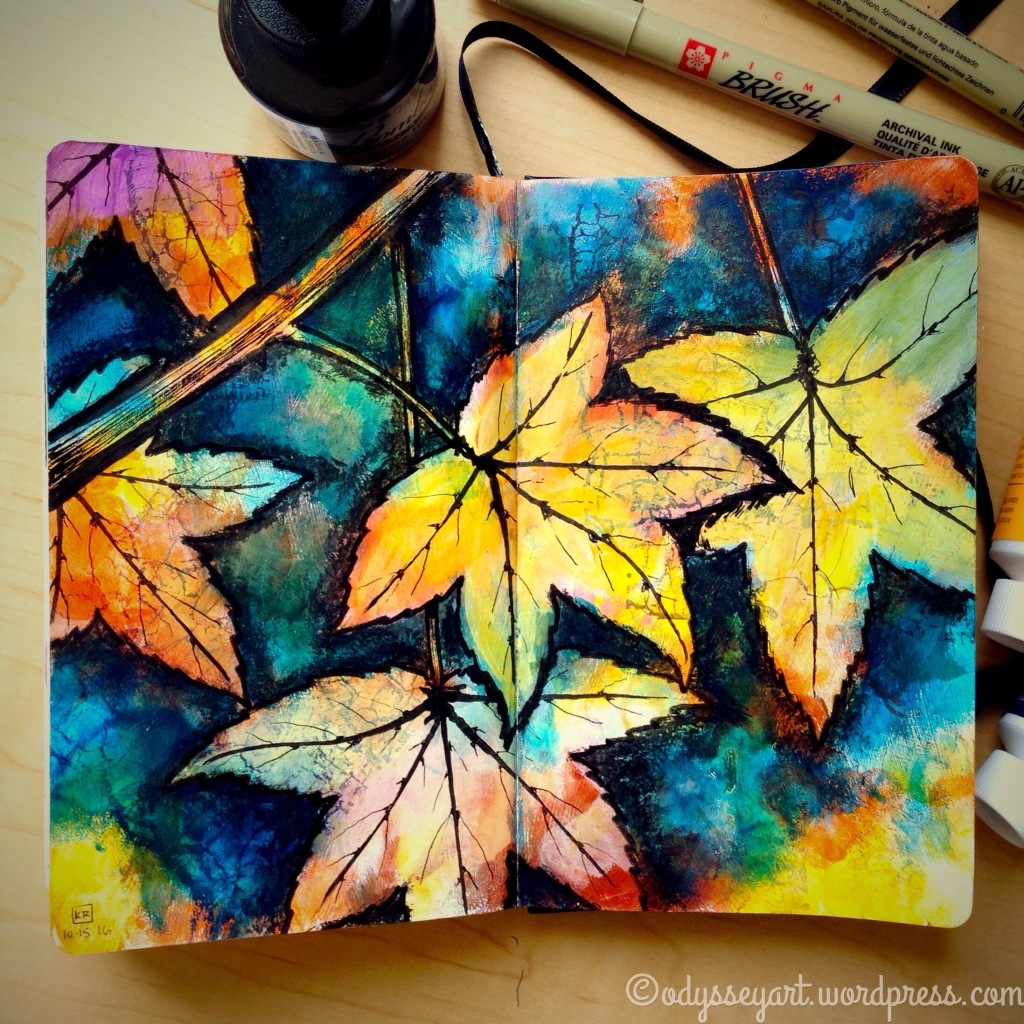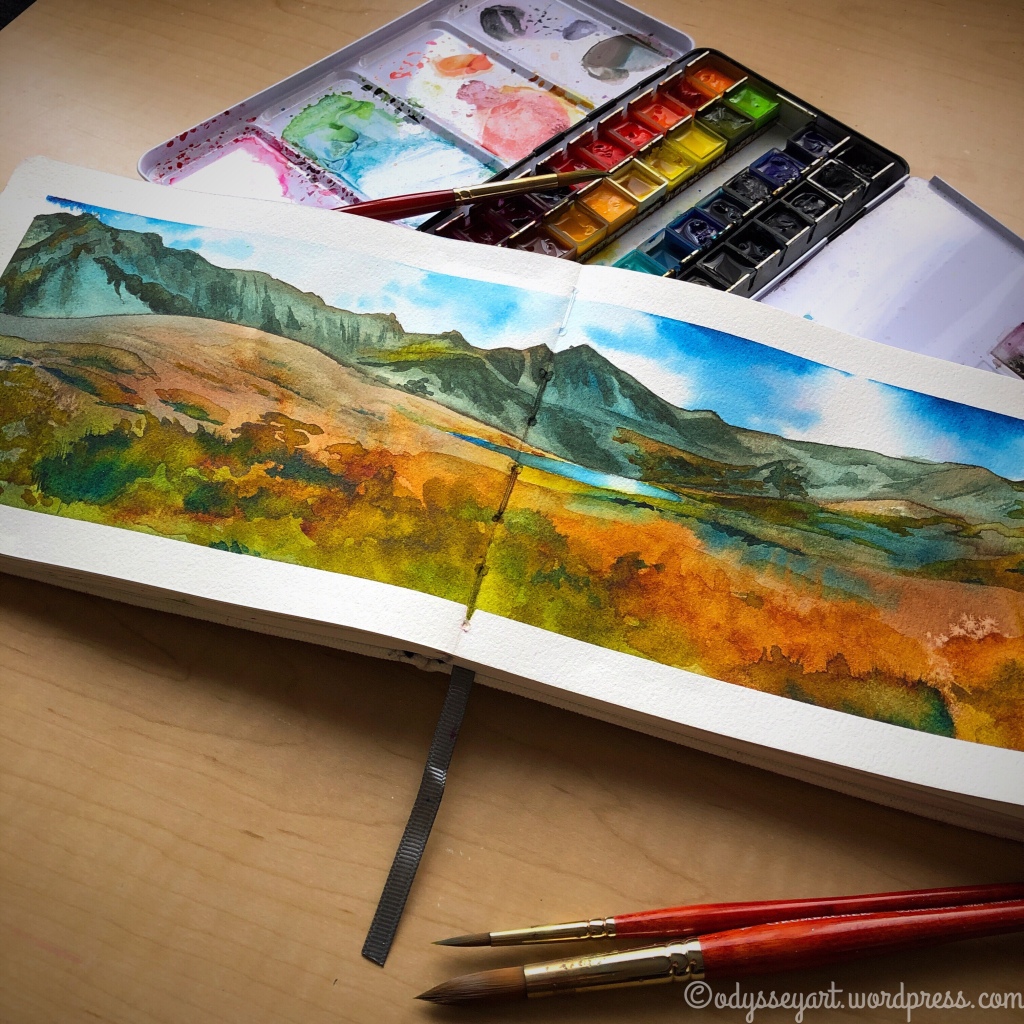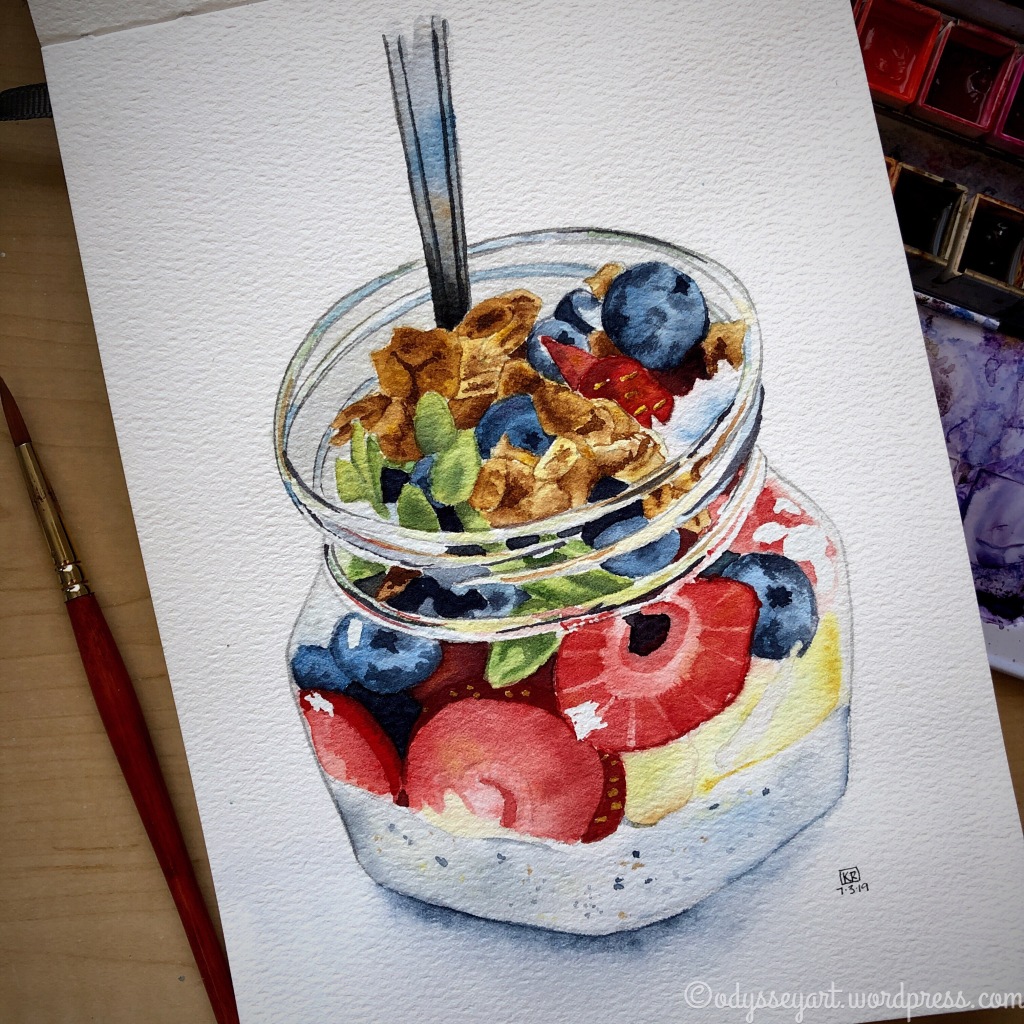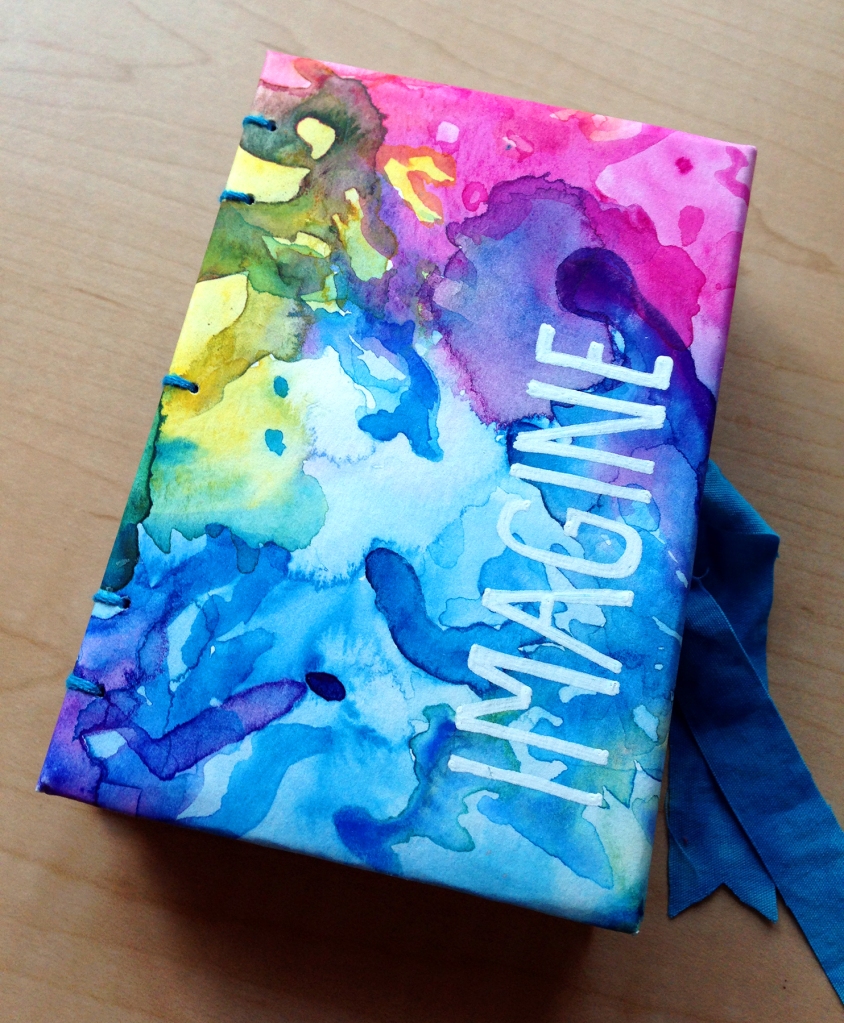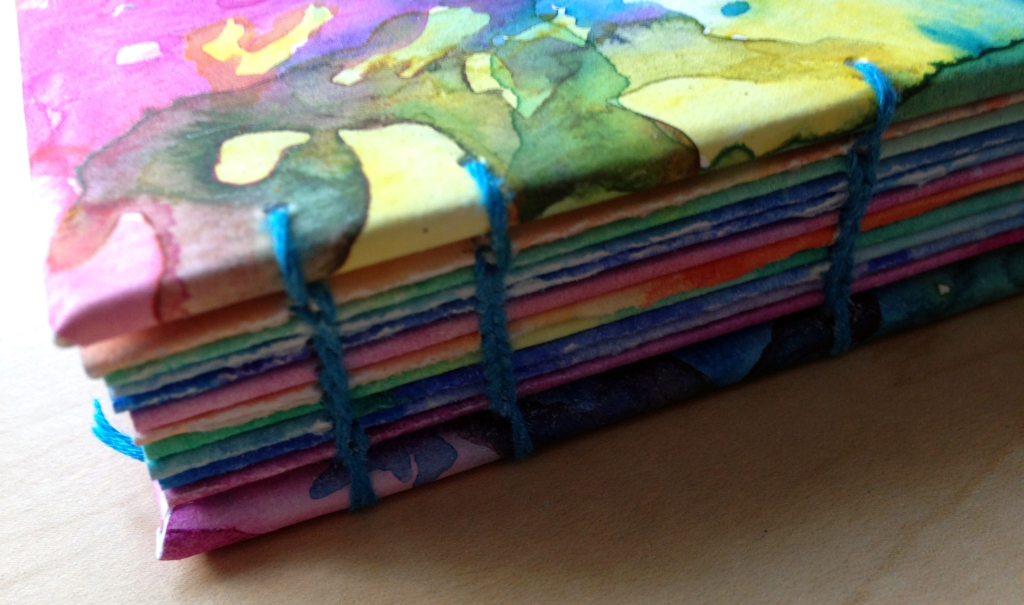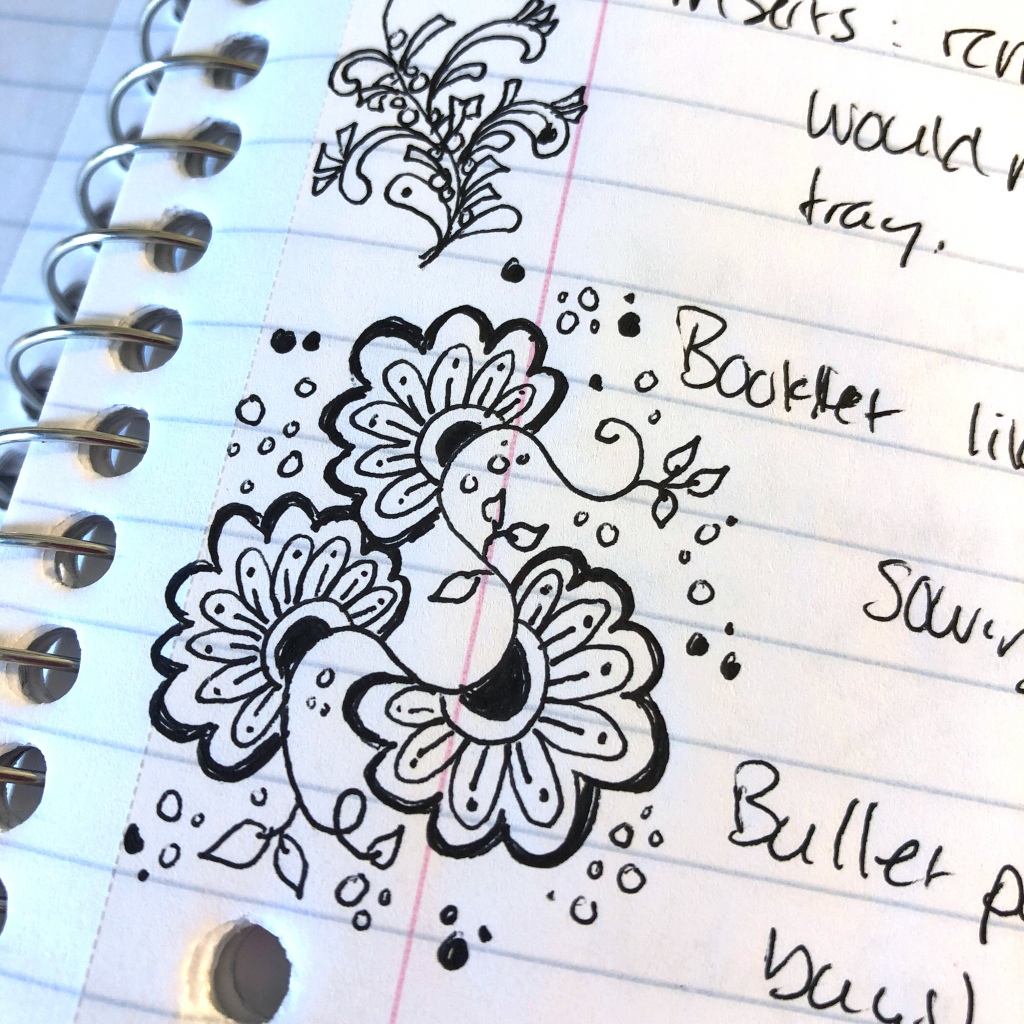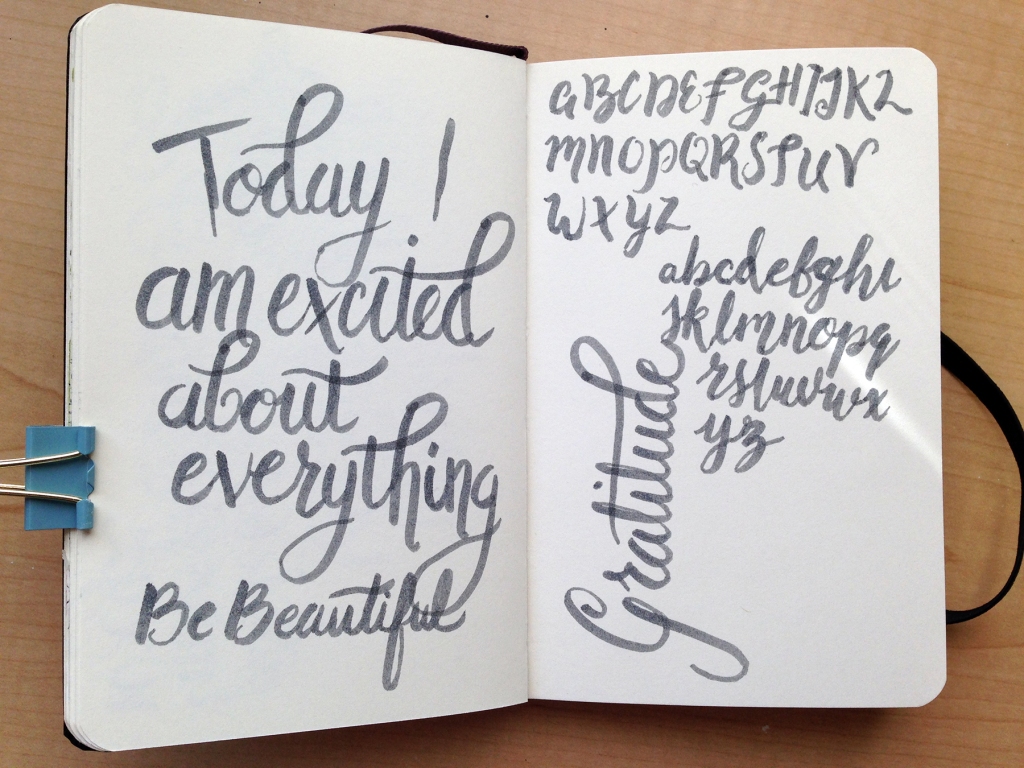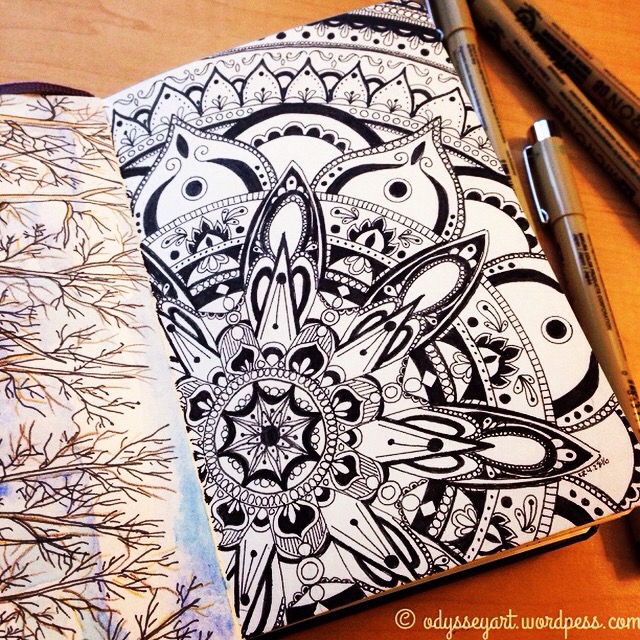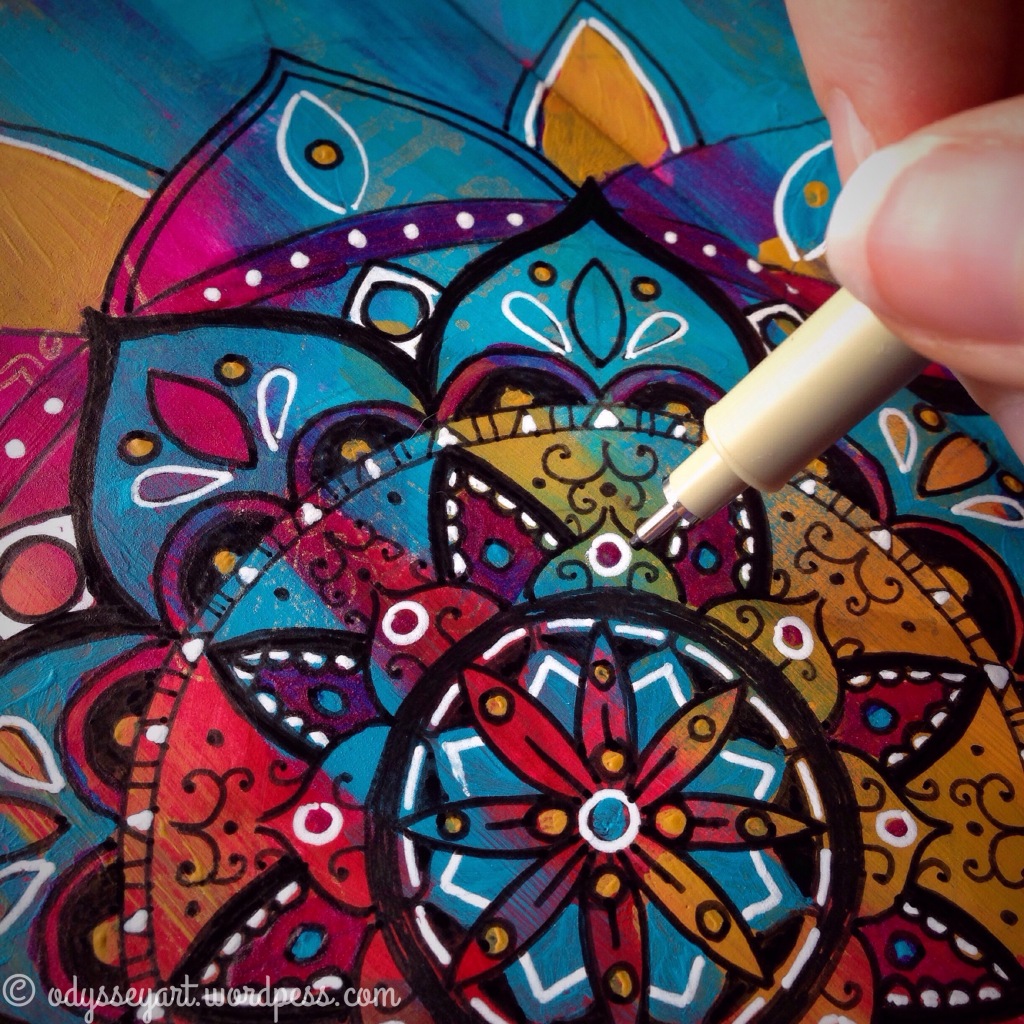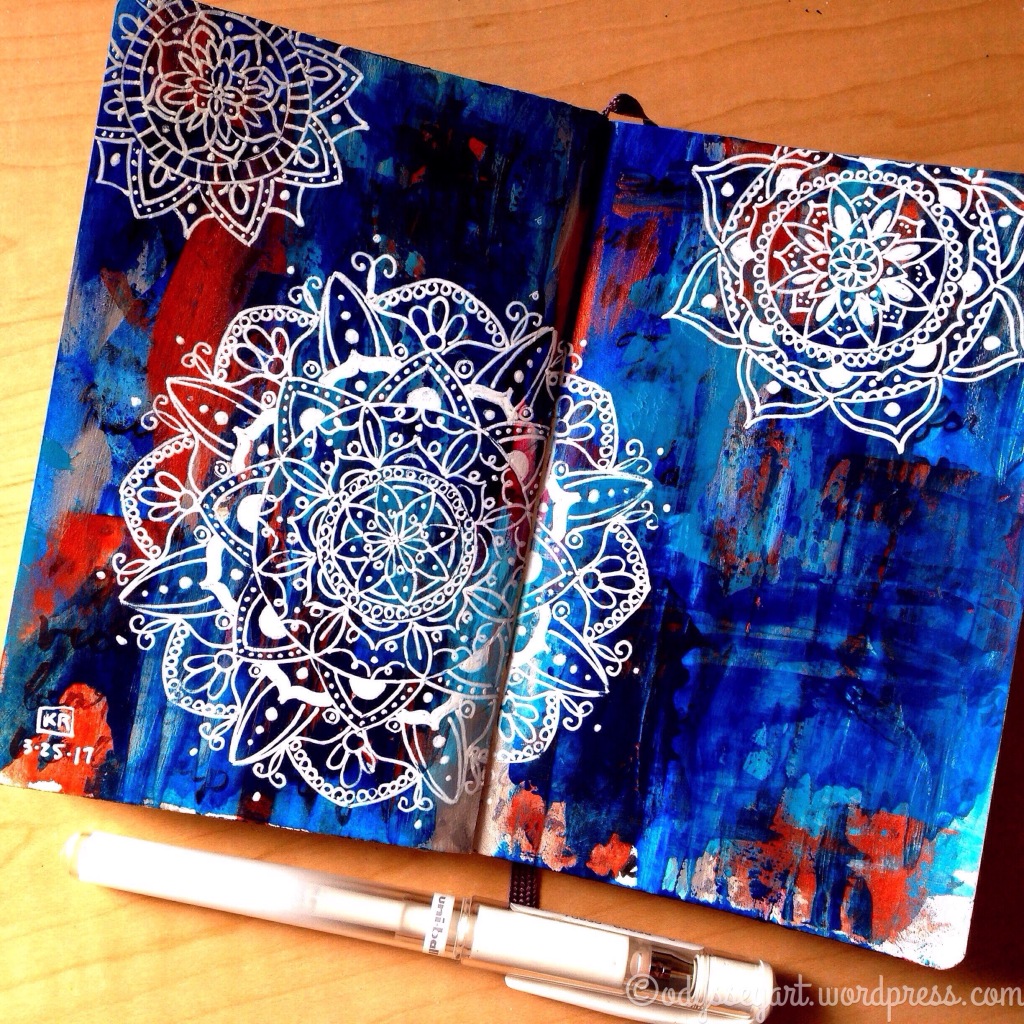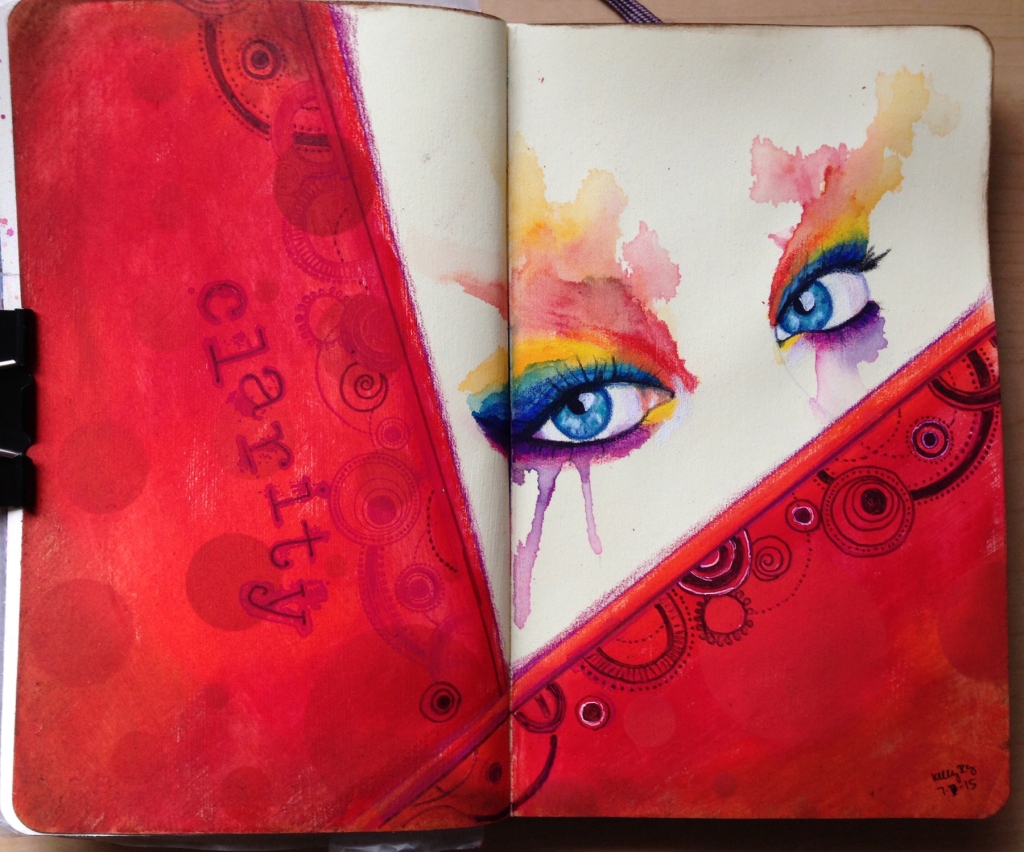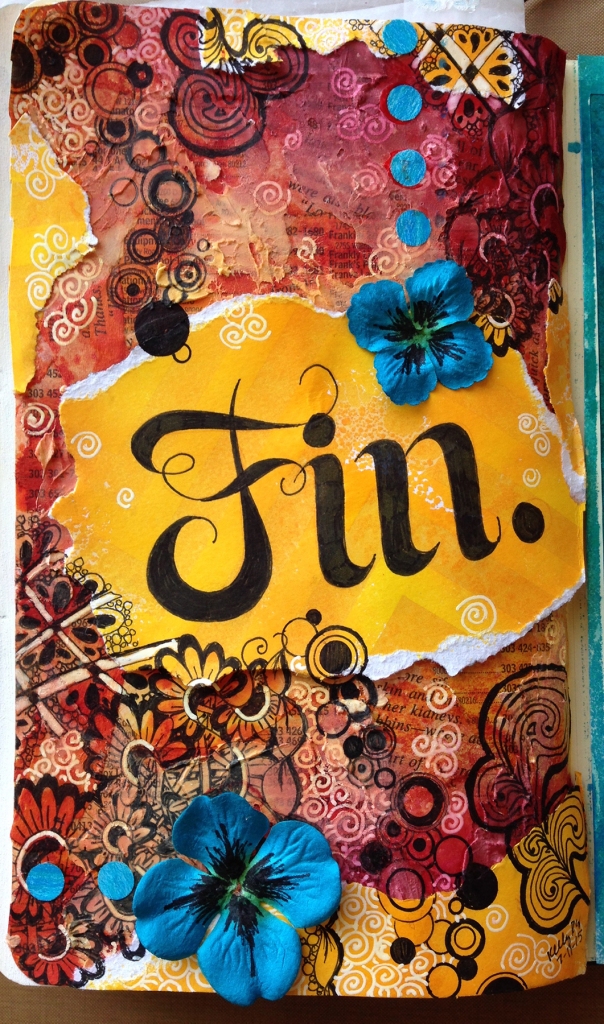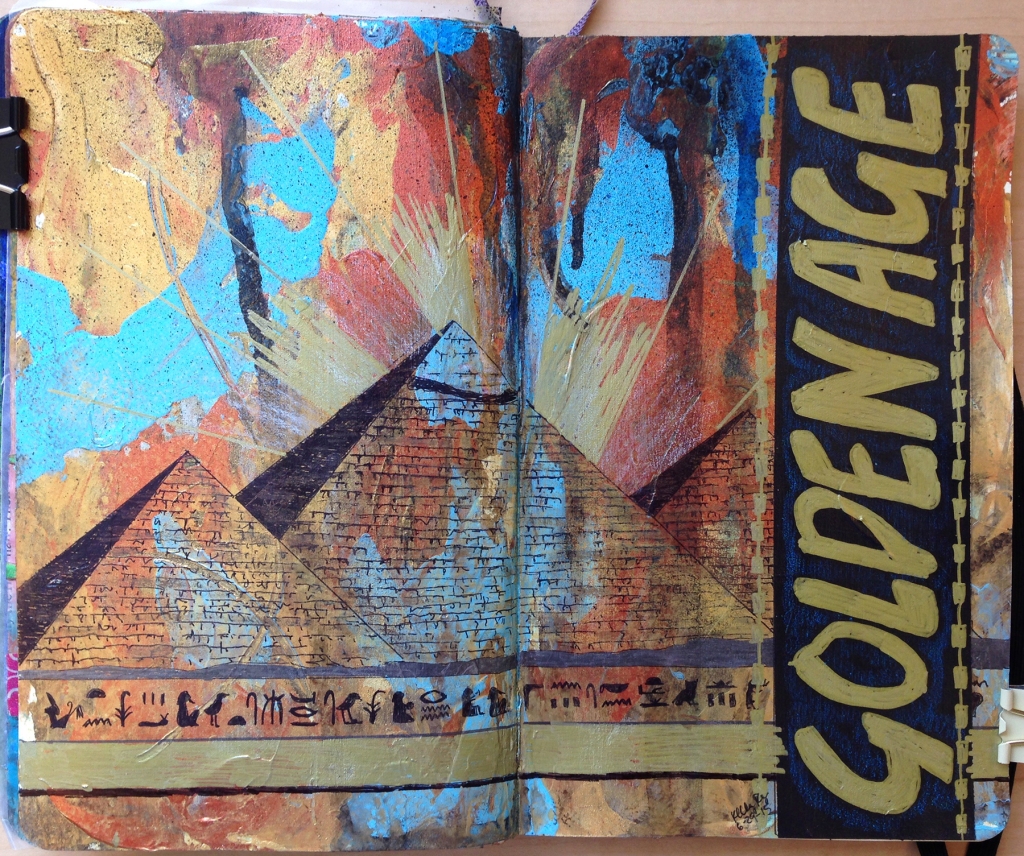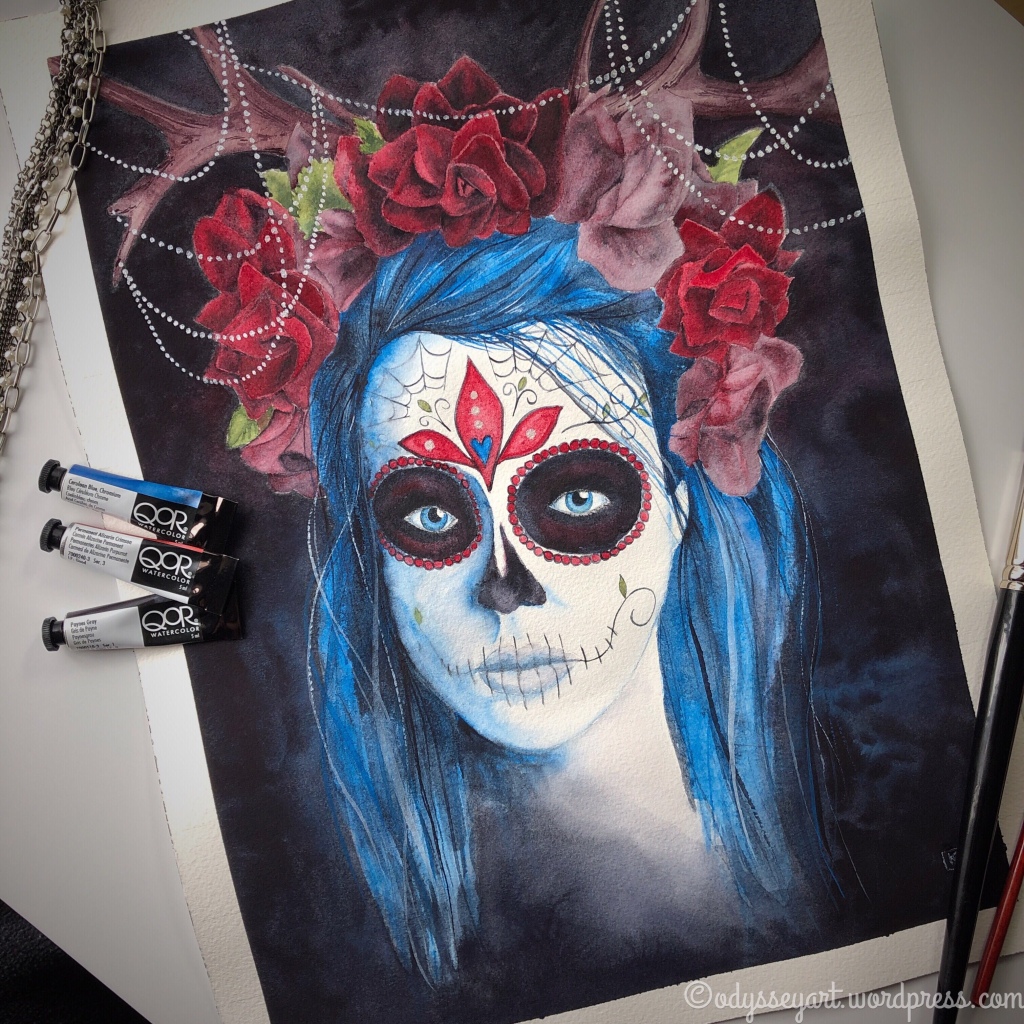As an Amazon Associate I earn from qualifying purchases. A list of materials can be found at the end of this post. As usual, please note that any links to Amazon products within this post are affiliate links, meaning I make a minute commission should you choose to purchase something via the link. This is at no additional cost to you. That said, I appreciate your patronage by using the links to purchase products. While small, any amount of money helps me to keep making art and sharing it with the world.
I had an idea pop into my head the other day to do a series of blog posts about my experience with keeping the creative juices flowing—or how I do it.
It would be easy to center these posts around “Artist’s Block”. I am no stranger to this as I’ve experienced it many times in the past, and it’s a particular bear when your entire career depends upon you manifesting new and fantastic, amazing designs that impress people continually.
I want to try to focus on the positive here, however. Let’s not focus on blockages. Let’s focus on how to keep the creativity flowing.
The universal Law of Attraction says that in order to “get” you must “give”. If I want to “get” creative, I must “give” it out through doing. You know… Use it or lose it.
So let’s get started, shall we?
Congratulations! You’ve made it through to the last tip in this series of posts!
Tip nine: practice gratitude
How fitting that a post on gratitude makes its appearance the day after Thanksgiving in the U.S. I really didn’t plan it this way, but it’s so freaking cool watching the universe align things into perfect order. Serendipitous, indeed!
You’ve tried all my previous tips in this series and maybe you’re still not feeling that creative mojo.
At this point I want to ask you how grateful are you? I’m not asking if you’re grateful for feeling creatively-blocked. I’m asking how grateful are you for the rest of the things in your life?
Did you know stress is a real creativity-killer?
Sure, there are some artists out there who capitalize on their angst. All the more power to them. But ask yourself – do you really, really want to be unhappy your whole life just to support your art?
If you create amazing things while miserable, think about how amazing your art can be when you’re in a state of joy.
All I can say is that if I’m walking around in a state of anxiety, fear, and cynicism then my art suffers. Big time. In fact, being creative is the last thing I want to do. I want to sit down and mope and try to curl up into a ball and disappear.
Maybe you don’t honestly have any problems going on in your immediate surroundings, but you still feel miserable. It’s the state of the world. These politicians are making you crazy. That commercial reminded you how your teeth should be whiter. Why is your neighbor’s grass always greener than yours? People keep doing horrific, dumb shit on the news.
When you keep focusing on externals, especially on negatives, then that’s what you’re going to continue to bring into your world.
“Oh, that’s just Law of Attraction BS. It’s pseudo-science. It’s not real.”
Really?
I dare you to try it.
If you enjoy the misery, go ahead and focus on that one little thing that’s been nagging you for some time. Do an internet search for other people bothered by the same thing. Converse with them about your shared unhappiness. Remind yourself every day how awful it really is. Sit down and have a pity party. Complain to anyone who will listen to your woes. Watch them either hop on the bandwagon with you and make the problem even more pronounced, or, in turn, upset you by distancing themselves from you because you just complain all the time.
Take notes. How were you feeling and how big was the problem before you decided to give it your laser-like focus? How big is the problem now that you’ve dedicated the majority of your waking hours to it?
Tired of the misery?
Then it’s time to shift focus.
It’s that simple.
What’s a great way to shift focus away from misery?

Gratitude.
Take a new look around you. Take note of all the things that are going right in your world. You have a roof over your head. You get to eat every day. The sun is shining. The birds are singing. Your favorite niece just gave you a huge hug and told you she loves you. You have the eyes to read this. You actually know how to read and write. You have an internet connection that allows you to access this. You have friends and family in your life who love you. You’re living and breathing at the moment.
This list can go on and on.
So now I dare you to try making a gratitude list for the next week. Every day. Pull out a journal or a note pad and write down 10 things you’re grateful for at the beginning of the day and 10 things you’re grateful for at the end of the day. If you want extra brownie points, try not to repeat anything.
Notice how things shift for you. How suddenly you’re starting to become focused on noticing the good things because you want to add them to your list. You start to feel lighter and more free. People are friendlier around you. You actually want to be friendly to them.
Take notes. How were you feeling before starting the week of gratitude and how were you starting to feel after?

If you want to give yourself a leg up on this practice, I also encourage you to not watch or read any news for the duration of the experiment. In fact, if you can manage it, turn off the TV completely for the week. If you really MUST watch or read something, make it something creatively educational and inspirational. (NOT educational in the sense of learning how the planet is coming to an end. Educational in the sense of learning about a new species discovered on a remote island, or how the universe was formed, or how toothbrushes are made, or how to bake a cake. THAT kind of education.) Mute those TV commercials, however – they’re there to convince you that something is wrong with you – that you and your life are incomplete without their products.
Now, the key to this, for me, is to not stop after my experiment in gratitude. Keep doing it. Build it into a habit by stretching the exercise out for a whole month. See how you feel after that month. Are you enjoying the results? Then don’t stop. Ever.
I participated in a gratitude experiment last year that asked me to write down 30 things I was grateful for each day for 30 days and to not repeat anything. During that time frame, I also didn’t watch any TV or read any news. I identified my stress triggers and sources of negativity and toxicity and stopped allowing those things into my life. This included un-following friends on Facebook who complained all the time – even if I agreed with their views in principle. The complaining was just not acceptable. I also ceased posting to a message board where inevitably the conversations would turn into fights and complaining.

The gratitude list seemed quite daunting at first. Sometimes I felt like I was sitting with that notebook and pen for quite a long time trying to think of things I was grateful for. I’d even get up from my desk and walk around the house trying to find things I was grateful for.
Staying away from TV and my usual sources of toxicity made me fidgety at first, too. What to do with all that extra time? (Hint, that time often got filled up with… can you guess? Art!)
The changes and gratitude list were difficult at first, but by the end of the exercise, I found the gratitude just flowed.
Sure, I inadvertently repeated a few things through the month, but overall, I came up with almost 900 things I was grateful for that month. 900! And honestly, I bet there were more things I could have been grateful for, too, had I given the exercise more time during my days.
What changed for me? I just felt happier overall. The things that were bothering me lost their importance.
I have a friend who said to me once “All my problems die of neglect.”
That’s what a gratitude practice does for me. It shifts my focus away from my problems and nine times out of ten those “problems” resolve themselves. Whodathunkit? And the other problem that didn’t get resolved? Well I was able to approach it with confidence and calm when I took care of it.
If any of this gratitude stuff sounds intriguing and fun to you, then I also want to take a moment to point you over to the book Thank & Grow Rich by Pam Grout. She’s much more eloquent with her wording (and just crazy funny), and she actually outlines a whole bunch of fun exercises you can do around gratitude beyond a gratitude list. She truly knows how to bring joy into a person’s life.
So how does this help with that creative mojo? Well, you’ll just have to do it and find out.
I just know for me when I’m in a state of joy and gratitude, art comes easier to me. More things inspire me and I just feel like being creative.
I actually feel like daily gratitude is not separate from but an actual part of my creative practice. I know I can say that I am always so thankful for being able to sit down and draw or paint. I’m grateful that I have the skills to do so. I’m grateful for the wonderful materials I have on hand. I’m grateful for the beautiful colors and lines and shapes. I’m grateful for how my work turns out each and every time.

I hope this final tip turns into the “big one” for you, as it has for me with my art.
Do you practice gratitude? What things do you do to bring gratitude into your life each day?
Thanks so much for reading. I hope this series of tips has been helpful for you and you’ve found something that creates the urge to go forth and create!
Happy art-ing, my friends!
Contains affiliate links. See disclosure for more info.

